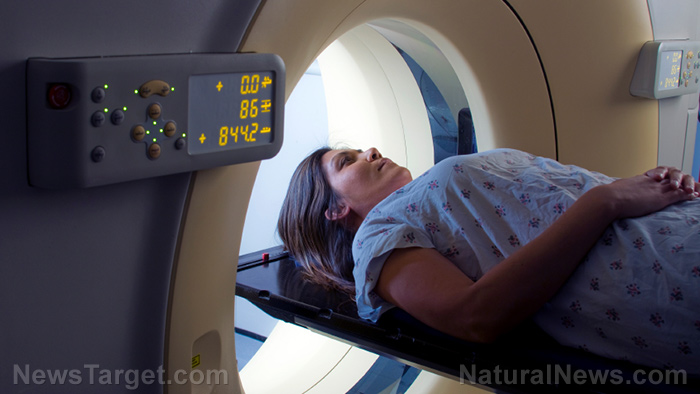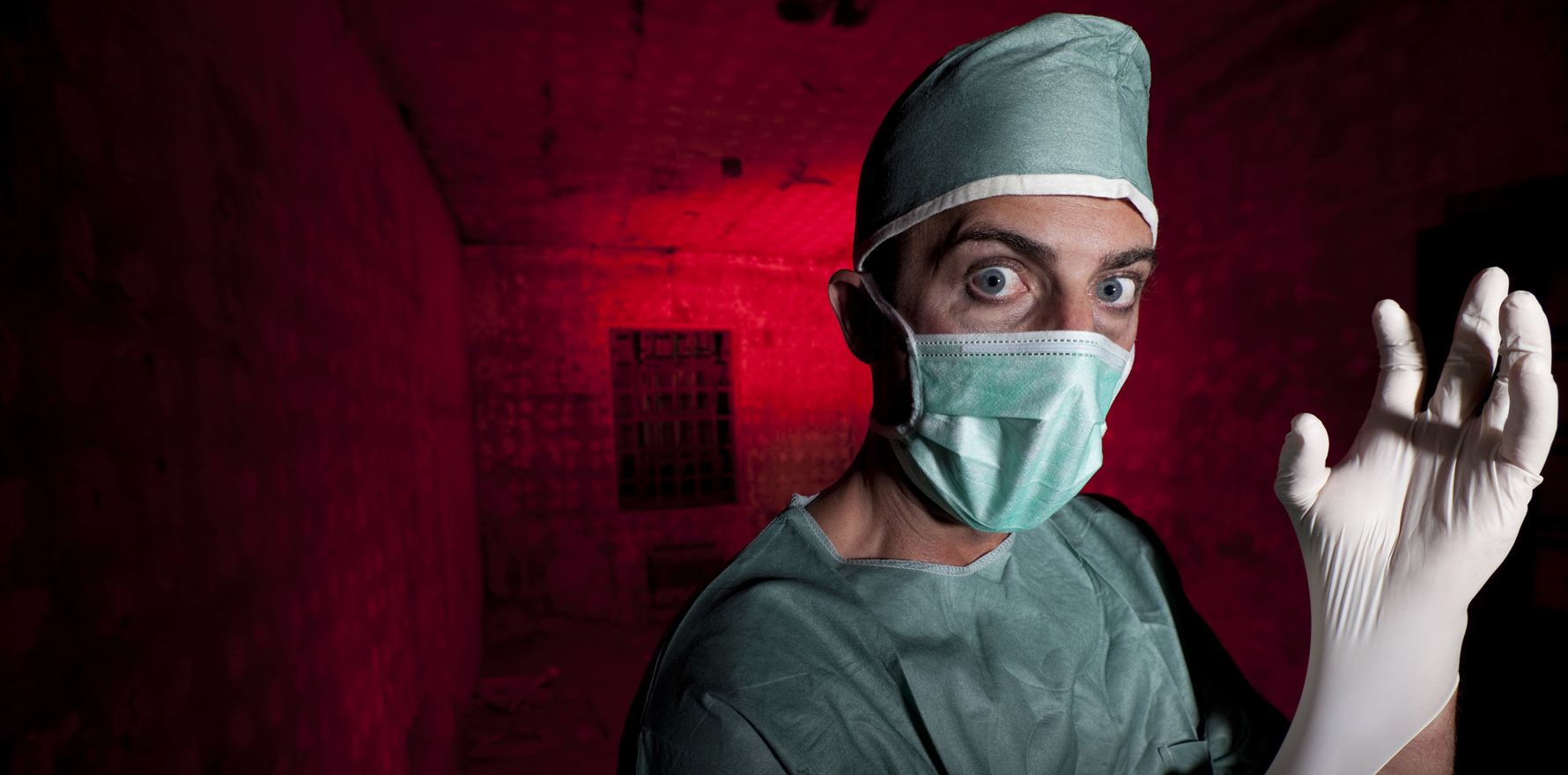Routine MRI ruins a woman’s life by making her so sensitive to sound that she can’t go out in public
03/28/2018 / By Zoey Sky

When a healthcare professional suggests that you need an MRI, try to get a second opinion first.
If something goes wrong during the procedure, you might develop hearing conditions like hyperacusis and tinnitus.
For example, Kathy McCain had no idea that she would go through a life-changing experience following what should have been a standard MRI procedure for her lower back pain.
Despite the earplugs and protective earmuffs that she wore during the MRI “to dull the jarringly loud noise of the machine,” Kathy felt unwell after the procedure. After the MRI, Kathy’s ears were sore and ringing loudly. She told her husband, Rod, that she also felt a “searing pain” down her neck.
Once outside, Kathy’s condition worsened. She was overwhelmed by “normal” sounds like voices, the throb of refrigerators, and even shopping carts. Rod explained that his wife’s hearing “is like somebody turned up the amplifier,” and that she has struggled to live a normal life following the disastrous MRI.
Even after two years, wherein the worst of the pain has subsided, Kathy is still suffering. She developed a hearing disorder called hyperacusis, a “sound sensitivity” that she described as “amplified hearing” where she hears normal sounds abnormally loud.
Kathy also developed tinnitus, or an “intrusive ringing,” that is accompanied by multiple tones that can be heightened by almost any noise, such as her own voice. (Related: Six little-known natural remedies for tinnitus.)
The dangers of MRI
It’s ironic that the MRI showed nothing wrong with Kathy. Her back pain even improved to mild and manageable, which doesn’t seem as significant when compared to her life-limiting hearing problems.
Kathy expressed her dismay, especially since the machine was “advertised as completely safe.” She warns that there are others like her who have suffered once they got an MRI and that the general public needs to know about the “little-acknowledged dangers of MRI noise.”
Dr. Emanuel Kanal, a professor of radiology at the University of Pittsburgh and an MRI safety expert, explained that even as far back as the early 1980s, the procedure has been accompanied by an intense noise that is loud enough to cause hearing loss and other hearing problems.
He added that over 35 million MRIs are given in the U.S. annually and that the volume can go as high as 120 decibels or more, which is as loud as a jackhammer. The longer you’re exposed to the noise, the higher the auditory risk. Yet the resulting ear problems are “vastly underreported,” shared Dr. Kanal.
While ear protection can help, it’s not a fool-proof solution to this problem. According to a study, even people wearing earplugs can experience “measurable post-MRI ear damage” such as muffled hearing.
Education can help MRI patients, who aren’t always aware that a common medical test can be as loud as a construction site. They also need to know how to properly use earplugs, which are available in different strengths and can be useless if not worn correctly.
Dr. Kanal warned that earplugs can fall out. He also advised patients to wear MRI-safe earmuffs that cover the ears. Another safety measure is the “whisper test,” where the MRI technologist will go where the patient can’t see them and whisper. If the patient still hears them through the ear protection, the protection is not enough.
It’s also important to consider that individuals have “differing levels of susceptibility to noise damage.”
Bryan Pollard, president of the nonprofit Hyperacusis Research which finances research into noise-induced pain, said that it’s ironic when the imaging doesn’t produce any findings for the original condition, yet patients suffer from severe ear problems.
Pollard warned that patients need to know about the hearing damage that is linked to loud noise from MRIs. He concluded, “People don’t even understand the importance of protecting themselves from noise in general. What’s more, ill-informed doctors may order an MRI for patients with hearing problems clearly caused by noise, in which case they will be worsened for no reason.”
Fast facts on hyperacusis
- Patients with hyperacusis “have a collapsed tolerance to normal environmental sound.”
- Hyperacusis can develop gradually, or it can occur suddenly and patients may find themselves in a state of crisis.
- Individuals with hyperacusis need to have their Loudness Discomfort Levels (LDL’s) measured by a hearing healthcare professional.
- Normal LDL’s are in the 85-90+ decibel range, but people with hyperacusis may have LDL’s below that level.
- The common treatment for hyperacusis is listening to broadband pink noise via sound generators, or special hearing aids.
You can learn more about the other dangers linked to certain medical procedures at Scientific.news.
Sources include:
Tagged Under: amplified hearing, ear damage, ear problems, hearing, hearing problems, hyperacusis, Magnetic resonance imaging, MRI, sound sensitivity, tinnitus



















